Animal Life news stories

Sperm whales are among the loudest living animals on the planet, producing creaking, knocking and staccato clicking sounds to communicate with other whales that are a few feet to even a few hundred miles away.

Scientists are proposing a new theory of human evolution. A groundbreaking new analysis of data suggests that key evolutionary changes in prehistory were driven by cyclical changes in tropical climate.

An international study led by UNSW researchers has mapped one of the most intact and complete dog genomes ever generated.

Delicate prehistoric carvings of adult red deer, thought to be the oldest of their type in the UK, have been found in a tomb in one of Scotland’s most famous neolithic sites.
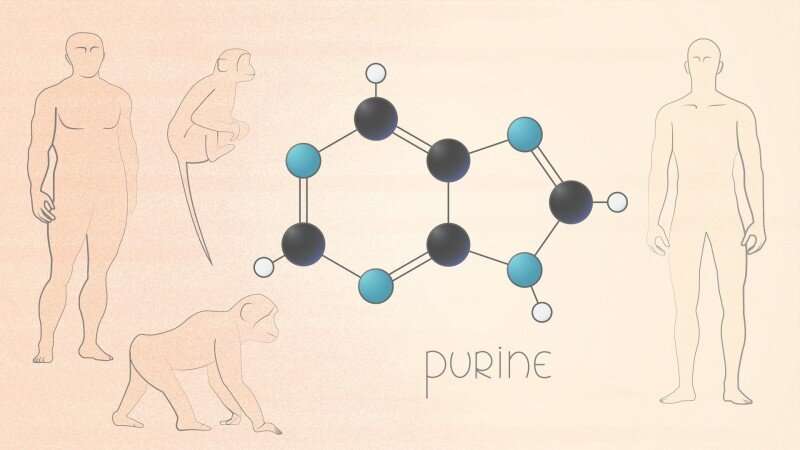
Skoltech scientists and their colleagues from Germany and the United States have analyzed the metabolomes of humans, chimpanzees, and macaques in muscle, kidney, and three different brain regions.

Here’s a mystery: Ancient fossils show animals originating from South America in the Antilles islands off Central America, but how did they get over the sea? The answer is via land masses that have long since sunk from view under the ocean, according to a new study.
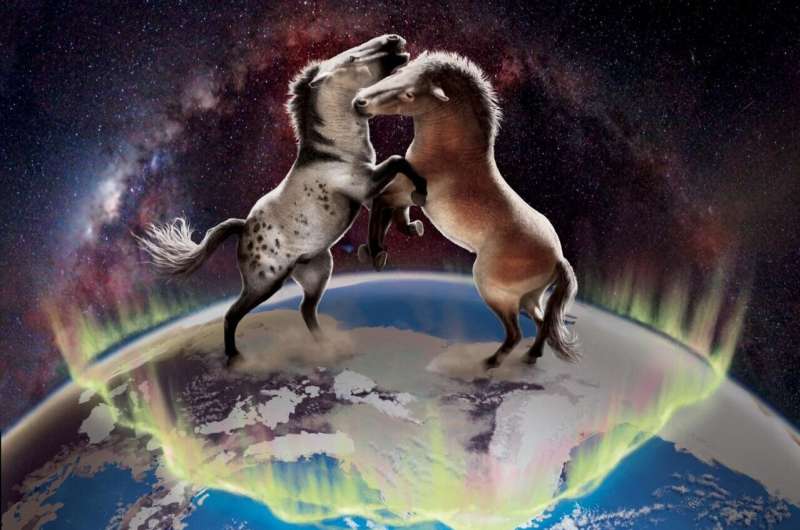
A new study of ancient DNA from horse fossils found in North America and Eurasia shows that horse populations on the two continents remained connected through the Bering Land Bridge, moving back and forth and interbreeding multiple times over hundreds of thousands of years.
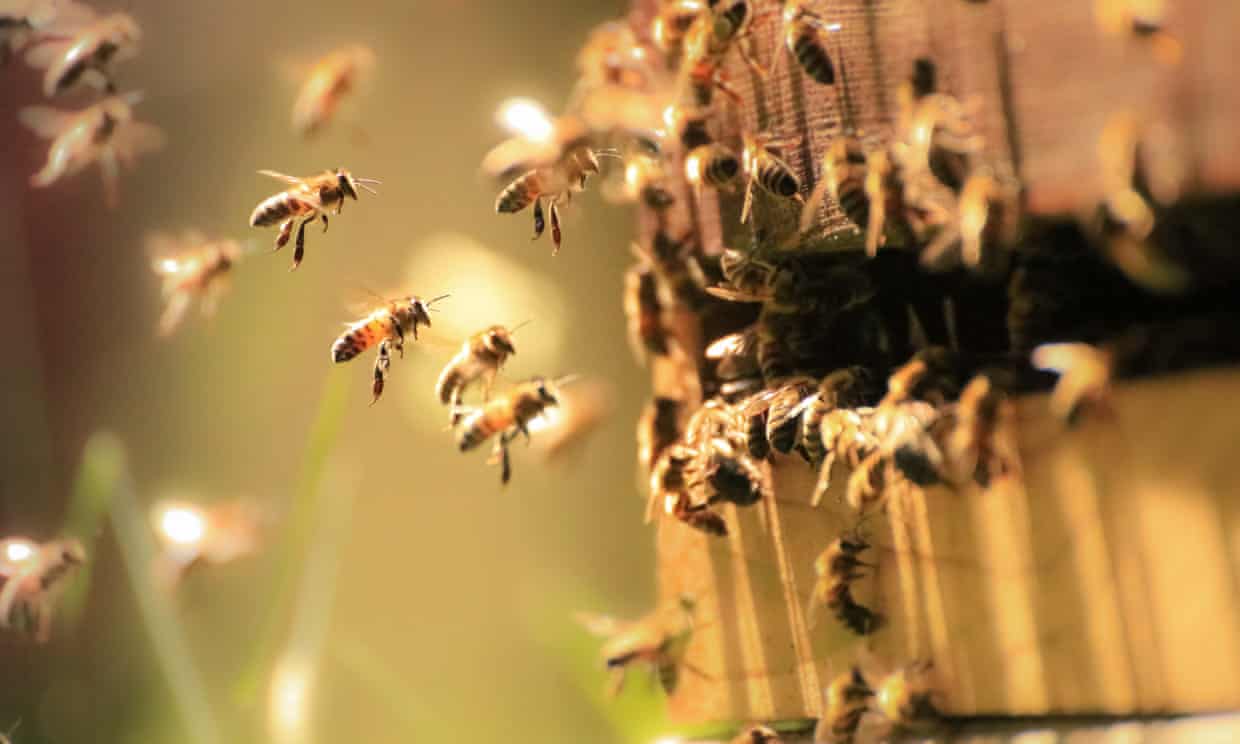
UK government proposals to recognise vertebrates as sentient beings are welcome, but this should be just the start.

In a new article published in the journal Bioacoustics, primatologist and UCLA anthropology graduate student Sasha Winkler and UCLA professor of communication Greg Bryant take a closer look at the phenomenon of laughter across the animal kingdom.

Italian archaeologists have unearthed the bones of nine Neanderthals who were allegedly hunted and mauled by hyenas in their den about 100km south-east of Rome.
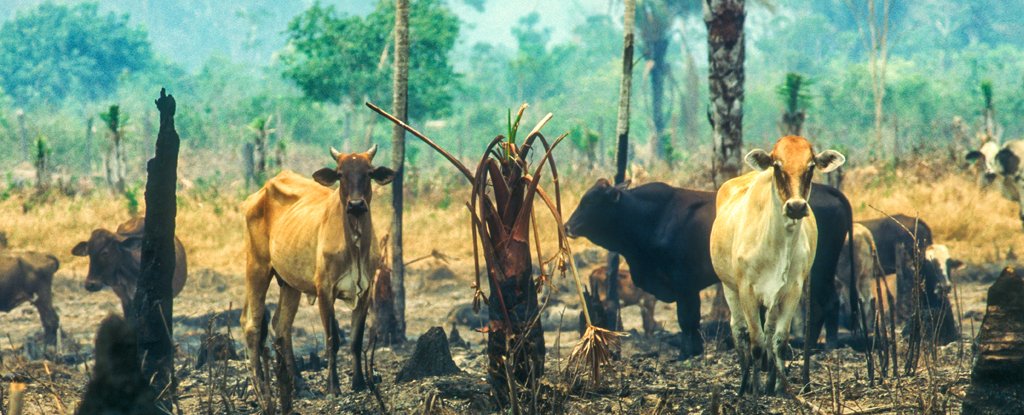
The Brazilian Amazon released nearly 20 percent more carbon dioxide into the atmosphere over the last decade than it absorbed, according to a stunning report that shows humanity can no longer depend on the world’s largest tropical forest to help absorb human-made carbon pollution.
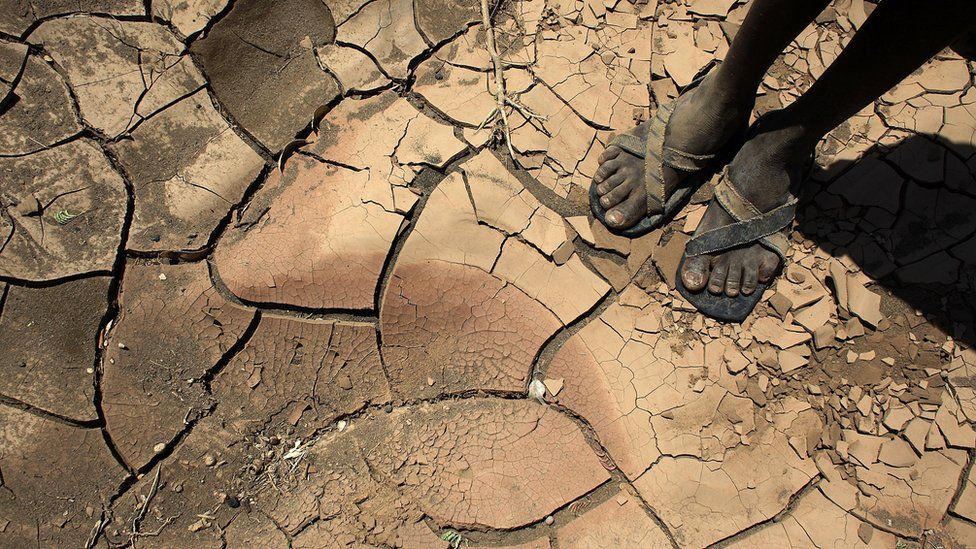
We reveal some of the ways that planet Earth has been changing against the backdrop of a warming world. Here, we look at the effects of global heating on Victoria Falls, one of the natural wonders of the world – and how Sub-Saharan Africa is learning to cope with the climate crisis.

Archeologists have learned a lot about our ancestors by rummaging through their garbage piles, which contain evidence of their diet and population levels as the local flora and fauna changed over time.
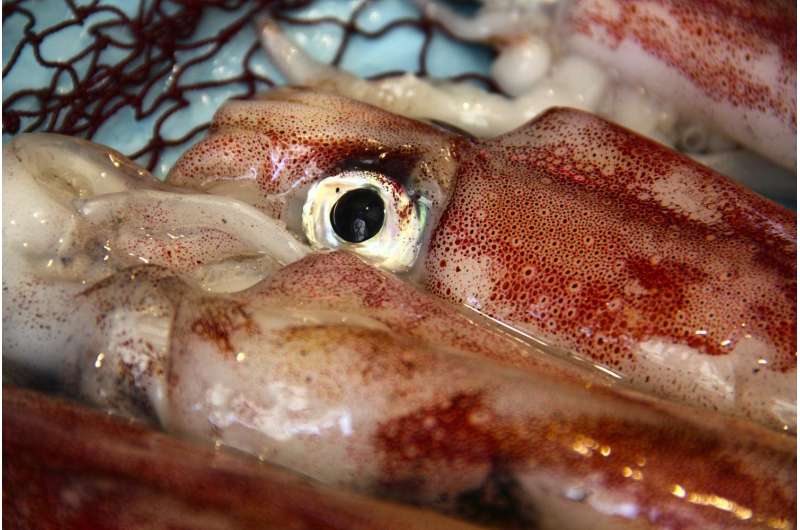
The legend of the “kraken” has captivated humans for millennia. Stories of deep-sea squid dragging sailors and even entire ships to their doom can be found in everything from ancient Greek mythology to modern-day movie blockbusters.
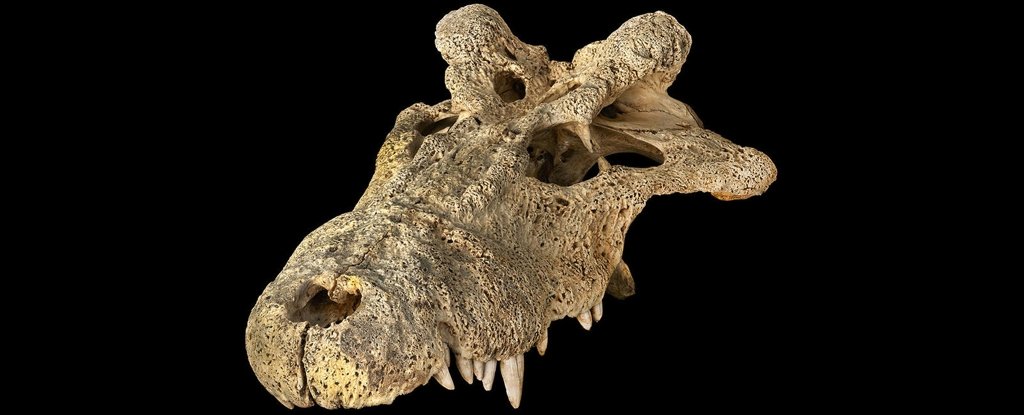
An extinct ‘horned’ crocodile that once called Madagascar home has finally found its place on the tree of life, according to a new study of two skulls stored at the American Museum of Natural History.

As early as 12,000 years ago, nearly three-quarters of land on Earth was inhabited and shaped by human societies, suggesting global biodiversity loss in recent years may have been driven primarily by an intensification of land use rather than by the destruction of previously untouched nature.








